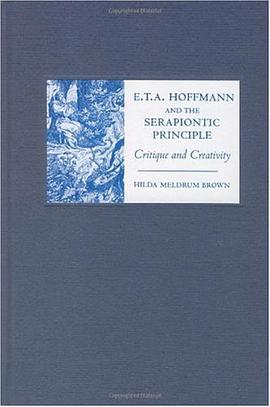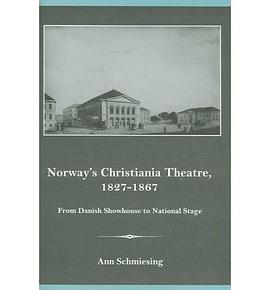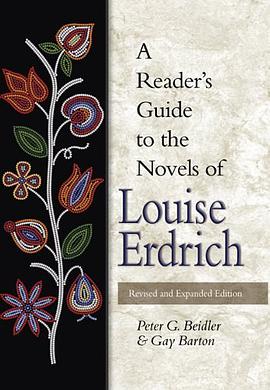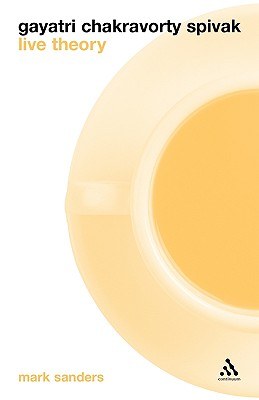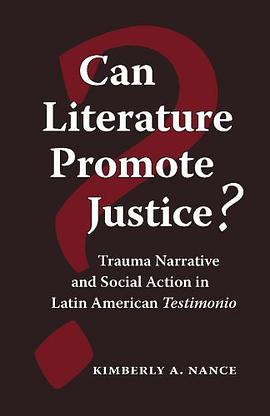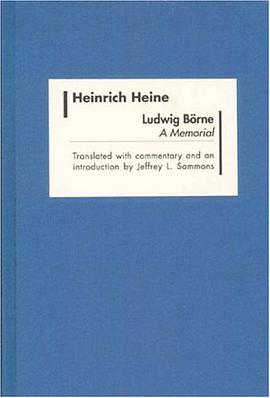

具体描述
In 1840, Heinrich Heine, the major German poet of Jewish origin of the age, published a book on Ludwig BArne, the major German political writer of Jewish origin of the period, who had died three years before. Regarded by Heine and others as his best-written book, it was also his most disastrously conceived. Intended to recover the high ground of revolutionary principle and philosophy against the attacks mounted on him by BArne and his supporters, the book was instead met by a storm of outrage from which it seemed Heine's reputation might never recover. In the course of time, the evaluation was reversed; Heine was increasingly celebrated as a true herald of revolution. His vocabulary of Hellenism and Nazarenism, employed for the first time in BArne, was transmitted into English usage by Matthew Arnold. But BArne itself is Heine's only major work that has never been fully translated into English. The commentary to the edition clarifies the conflict between the two most prominent German-Jewish public intellectuals of their time, corrects the misapprehensions constantly in circulation about their relationship and the book, and reveals the many peculiarities of the text. Jeffrey L. Sammons is Leavenworth Professor of German Emeritus at Yale University and the author of four books on Heine.
作者简介
目录信息
读后感
评分
评分
评分
评分
用户评价
相关图书
本站所有内容均为互联网搜索引擎提供的公开搜索信息,本站不存储任何数据与内容,任何内容与数据均与本站无关,如有需要请联系相关搜索引擎包括但不限于百度,google,bing,sogou 等
© 2026 book.wenda123.org All Rights Reserved. 图书目录大全 版权所有


